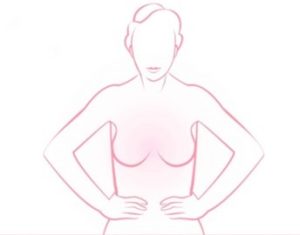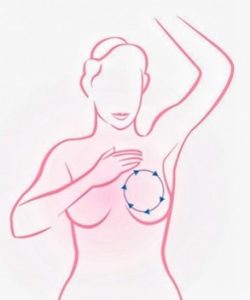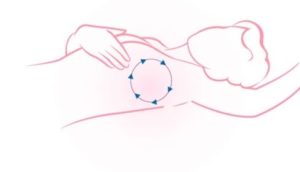Shalamar Institute of Health Sciences
Every one in nine (1 in 9) women receives a breast cancer diagnosis during her lifetime; Pakistan has the highest disease incidence among all Asian countries. Therefore, it has become crucial to spread awareness among the general public to ensure early detection and save the precious lives of both men and women.
Signs and Symptoms:
Knowing any disease’s various signs and symptoms is essential because it marks the beginning of its detection process. However, it is crucial to understand that the symptoms of breast cancer can vary depending on its stage and type. Following are some of its common signs:
- Early breast cancer:
- A change in size and shape of the breast.
- Change in the appearance of the nipple.
- Nipple discharge (other than breast milk)
- Lumps or nodes that can be felt in or on the breast.
- Invasive breast cancer:
- Breast lump.
- Peeling of the nipple skin.
- Itchy breast.
- The breast is tender, warm, and/or hard to touch.
- Pitting the breast skin (like an orange: Peau d’orange appearance).
- Nipple retraction and discharge. ( later stage)
- Lump or swelling in the underarm lymph nodes.
- Inflammatory breast cancer:
- Heaviness and aching in the breast.
- Pitting of breast skin.
- Inverted nipple.
- The breast is red, itchy, and tender to the touch.
- Lump or swelling in the underarm lymph nodes.
- Metastatic breast cancer:
- If the lungs are affected: difficulty breathing, coughing, and chest pain.
- If the brain or spinal cord is affected: headache, seizures, pain, or blurry vision.
- If bones are affected: reduced alertness, pain, and fractures.
- If the liver is affected: nausea, fatigue, swelling, and jaundice.
- Male breast cancer:
Symptoms experienced by men are similar to women, including:
- Painless lumps in the breast.
- Nipple discharge.
- Increase in size of the breast.
- Thickening of breast skin.
Breast Self-examination:
According to the John Hopkins Medical Centre, 40% of diagnosed breast cancers are detected by women who feel a lump, which emphasizes the significance of breast self-exams. Men and women should conduct the exam regularly because the condition, although uncommon in men, is just as fatal.
How regularly should it be performed?
It must be performed monthly, and the ideal time is between the 3rd and 5th day of your menstrual cycle or on the same day of every month for men (especially with a family history of breast cancer), post-menopausal women, or females with irregular menstrual cycles.
Steps of the exam:
- Visual inspection: You must stand in front of a mirror with your breasts completely exposed and your hands by your sides. Look for any changes in breast shape, size, and color, as well as symmetry, skin dimpling and nipple retraction. Then raise your hands above your head and observe again. Finally, place your hands on your hips to flex your chest muscles and look for any changes. Make sure to observe and compare both breasts.

- Manual inspection while standing: For this procedure, you must use your right hand to examine your left breast and vice versa. You must use the pads of the 3 middle fingers of one hand to feel all parts of the breast in a circular motion. Also, apply different pressures and feel for any lumps or thickness. Then squeeze your nipple to check for discharge. Repeat this for the other breast.

- Manual inspection while lying down: For this step, first put a pillow under your right shoulder and flex your right arm. Then use the pads of the 3 middle fingers of your left hand to palpate your right breast and armpit. Repeat this procedure for the left breast and armpit.

When to consult a doctor?
If you find any of the aforementioned signs (lump, bloody nipple discharge, color change, or change in skin texture), make sure to visit your doctor so the underlying cause of the anomalies can be determined.
